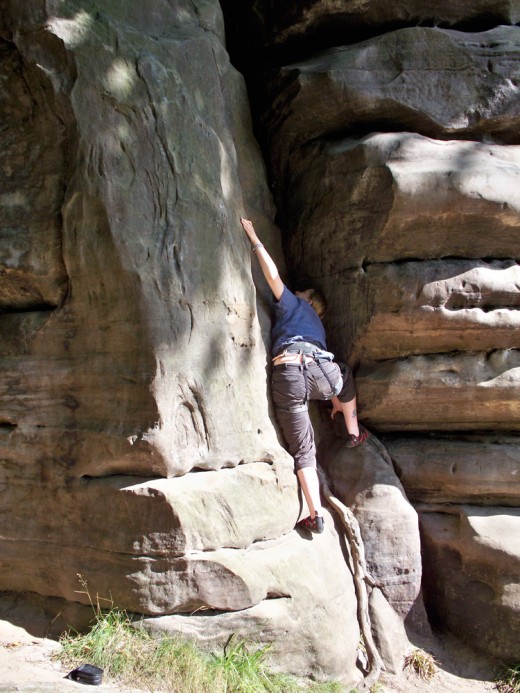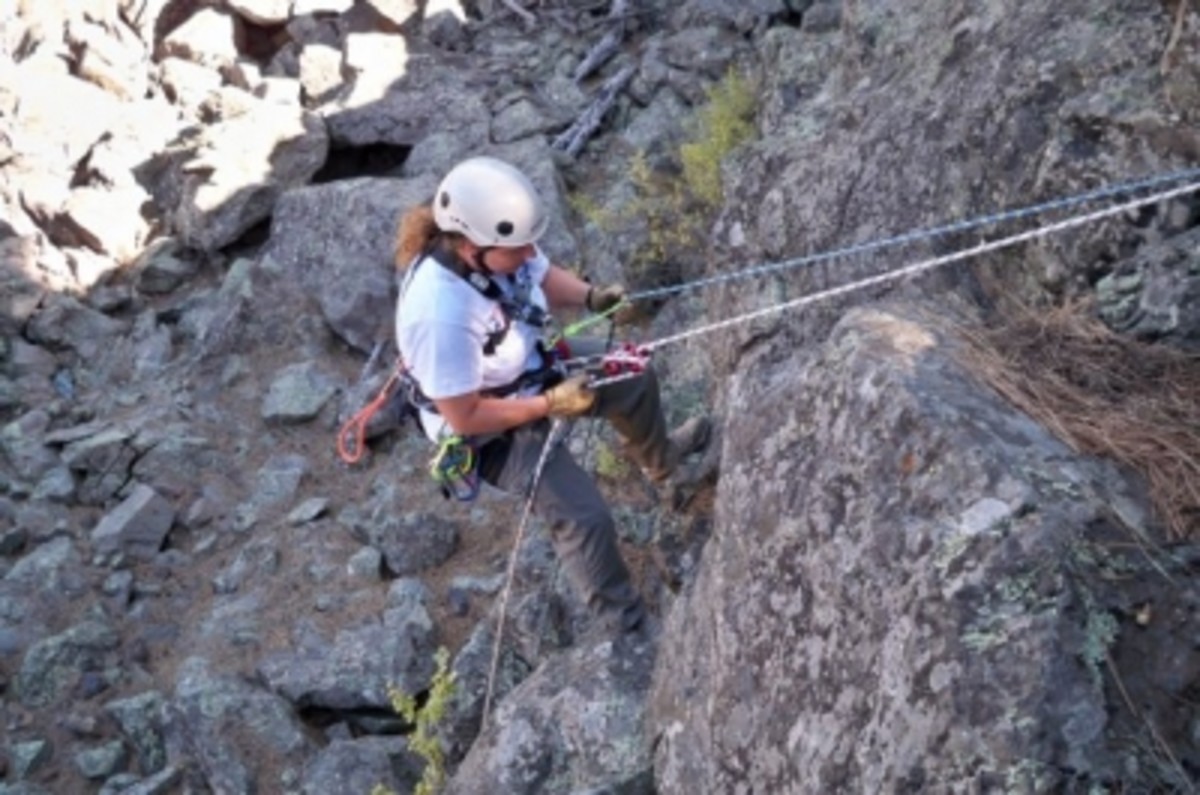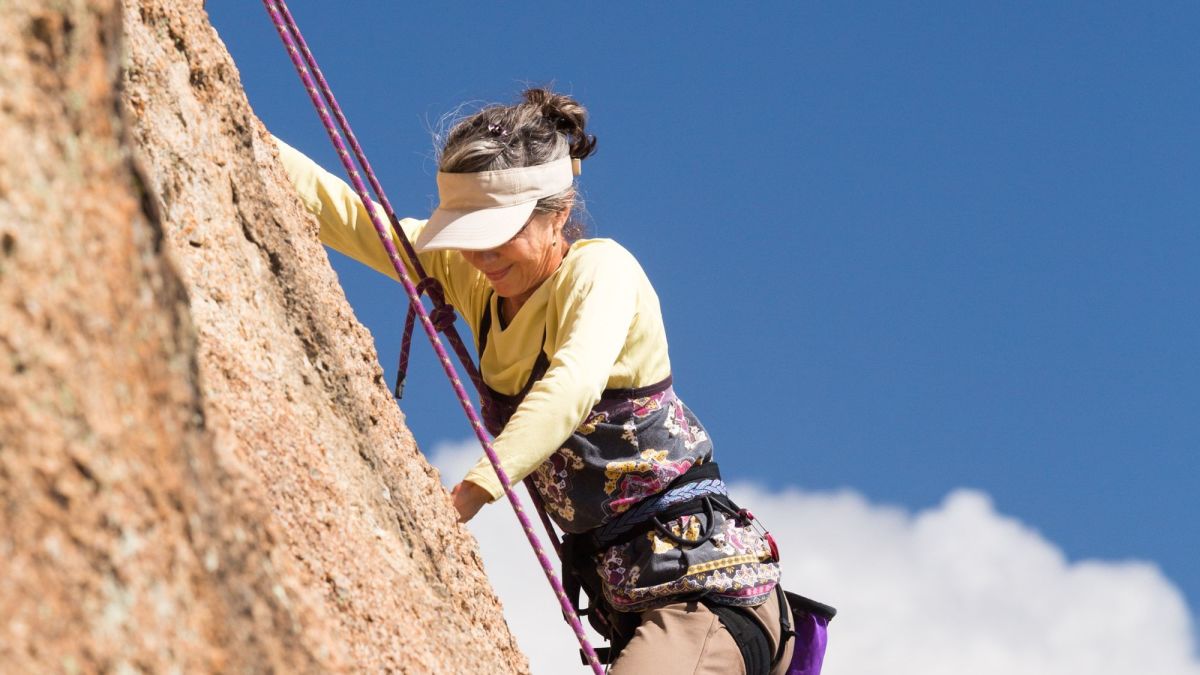Dynamic Climbing Rope Review, A key bit of kit

Your Rope is Your most vital bit of kit
As many of my friends here on hub pages know I recently went on a camping trip to do some outdoor climbing. Our campsite was a great one, forge wood camp (if you are interested). Our camp site was within 2 miles of several rock crops for outdoor climbing. Tunbridge Wells offered some great sand stone rock faces. We had looked into going to the Lake District but with family being in Kent it was easier and cheeper to climb near our family.
We spent several months searching out great deals on new equipment on ebay. We bought DMM helium quickdraws for their closure system and light weight. We sought out cheep used nut and peanuts (all sorts of nut really lol) as we figured even used the only concern is the strap, the metal itself is really just a chunk of metal and not likely to crumble or something. If the price was right and we thought from the pictures we could replace the straps cheep we bought it. We still have not used any of this kit!
Our Climbing Rope, What we Should have been Researching
In the end it was the ropes we bought that were key. We found a good price on a new dynamic rope of a size to handle the shorter climbs we would be doing. We had wanted a waterproof or super dry rope thinking it would be good to if we got some typical British weather. Extra weight is always a drag! We decided to go for dynamic rope because there is more stretch during a fall, this means a safer fall with less likelihood of serious injury due to lack of bounce. We decided on a 30m dynamic rope, not dry treated (to expensive for us and we are not alpine climbers).
Once we had scheduled an instructor we realized we were going to need some static rope to anchor the dynamic rope to protect the rock. At the rock faces we realized how important this was for sand stone, there were quite a few grooves from ropes that had been filled with a special cement. Unlike other rock faces this area needed a bit of safe guarding as it really is a fragile rock. We found enough static rope at our local climbing center for a good price and got the idea that static rope might always be water proof. I could be totally wrong but I got that impression, might be worth asking a sales person if you are out buying.
I guess the moral of the story is, find out exactly what the area you aim to climb needs. By knowing the nature of sandstone a bit better we were able to take the precautions to limit any rope rubbing, eroding the rock. Another point with sandstone is that its is basically sand, sand is very much like sand paper on a rope. After four days climbing the ends of our rope are getting just a little bit frayed. We will be consulting a professional as to the ropes safety and how long we have before having to cut it down or turning it into a confidence rope. As the broken fibers are just at the tips we do think it will be good for another holiday as the ends of the rope are not really what will catch us in a fall. Understand your rock and you will get a better idea of how likely you can give the rope a long life, no point spending loads on a rope that will get torn up by sand!
If you are interested we have a brand spankin new climbing site up now. We have pictures of our climbing holiday as well as the camping pics too!
www.Rock-Climbing.biz







